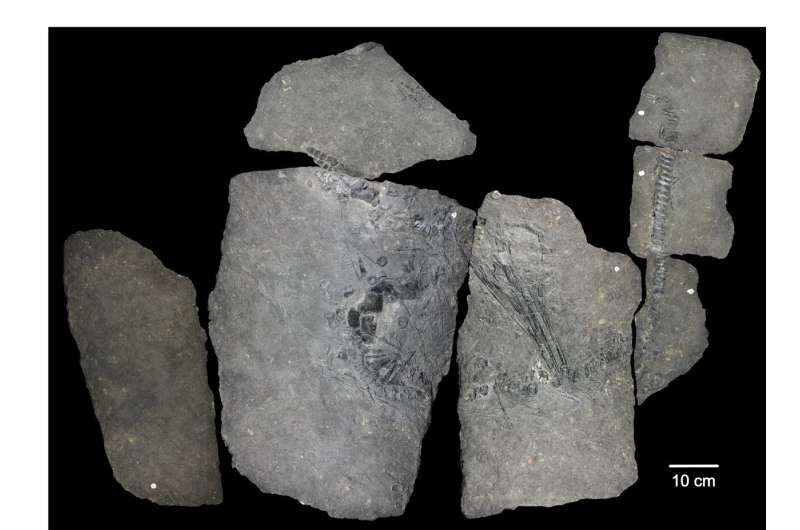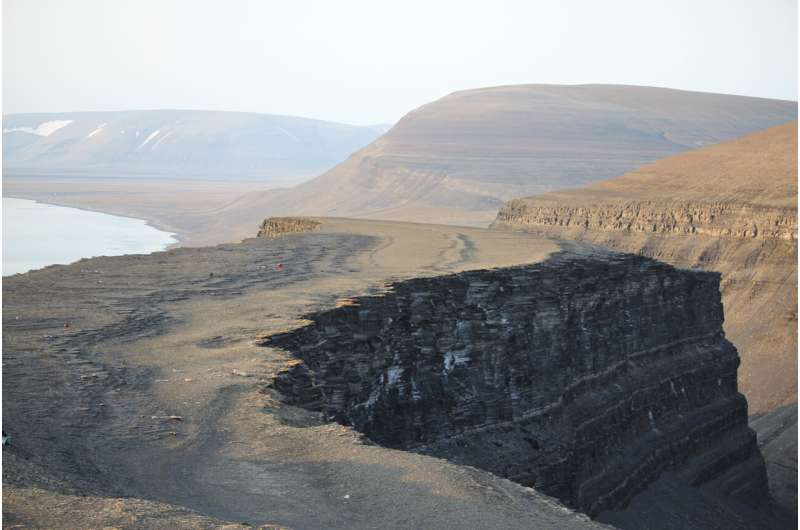This article has been reviewed according to Science X's editorial process and policies. Editors have highlighted the following attributes while ensuring the content's credibility:
fact-checked
peer-reviewed publication
trusted source
proofread
X-ray analysis identifies mystery ancient marine reptile from Svalbard

X-ray examination has enabled the classification of a previously-unidentified marine reptile fossil from Edgeøya, Svalbard, and the technique could provide future unique insights into ancient life here, according to a study published May 31, 2023 in the open-access journal PLOS ONE by Victoria S. Engelschiøn of the University of Oslo and colleagues.
X-ray techniques can be very effective for investigating well-preserved fossil remains, but the utility of these techniques often depends on how fossils are preserved, which varies site to site. In this study, Engelschiøn and colleagues demonstrate that fossils from the Middle Triassic Botneheia Formation of Svalbard, Norway are particularly well suited to radiographic imaging.
The focus of this study is a fossil marine reptile whose remains are compressed and encased in shale. It lived around 240 million years ago, when Svalbard was covered by an ocean. After it died, it sank to the seafloor and was buried in the mud, then became extremely flattened over time. Originally excavated in 2008, the identity of this fossil has since been debated. X-ray imaging of the specimen revealed new details, including features of the skull and teeth that allowed researchers to conclude that this reptile most likely belongs to the ichthyosaur species Phalarodon atavus.

The authors also examined the mineralogy of fossils from this formation, identifying multiple forms of sulfate minerals, notably including sulfate baryte, which gives the fossils very high X-ray contrast, allowing for the high quality of radiographic imaging. The formation of these minerals is little understood, but could be linked to conditions created by ancient volcanic activity. Thus, this study not only demonstrates the utility of X-ray techniques for studying these fossils, but also identifies conditions that can form fossils well-suited for these techniques, in Svalbard and potentially elsewhere.
The authors add, "The rocks from Svalbard are full of flattened marine reptiles. Our discovery of the exceptional X-ray contrast means that we can learn much more about these ancient predators than we previously thought."
More information: Exceptional X-Ray contrast: Radiography imaging of a Middle Triassic mixosaurid from Svalbard, PLoS ONE (2023). DOI: 10.1371/journal.pone.0285939
Journal information: PLoS ONE
Provided by Public Library of Science





















